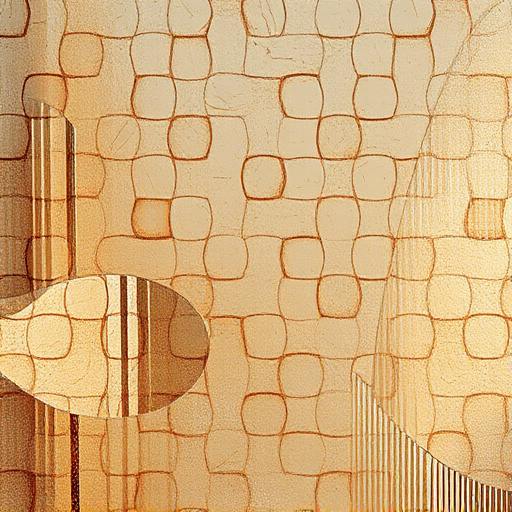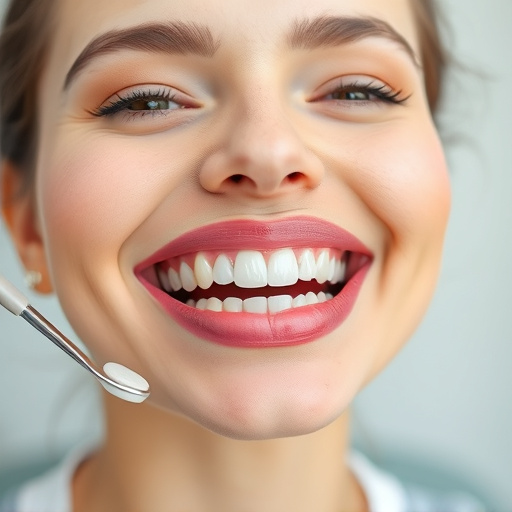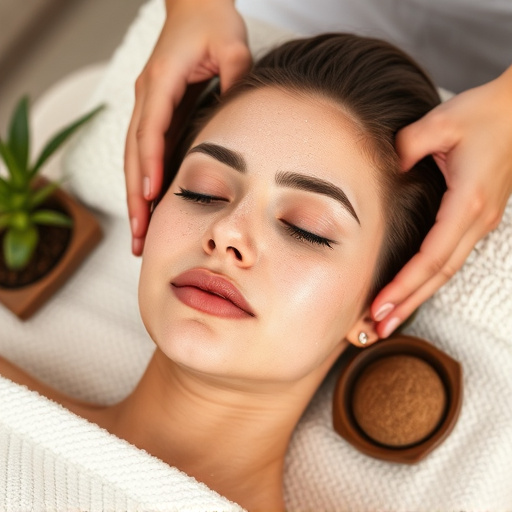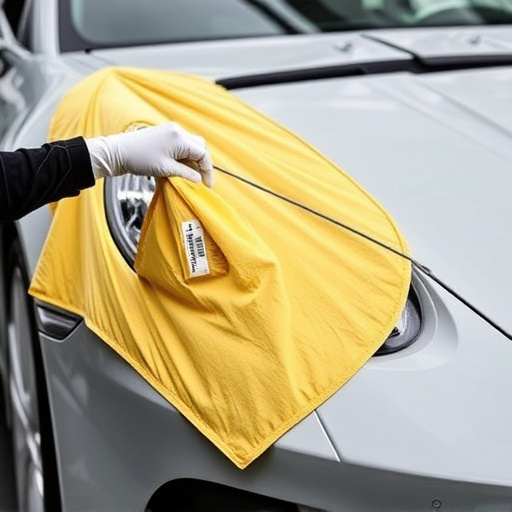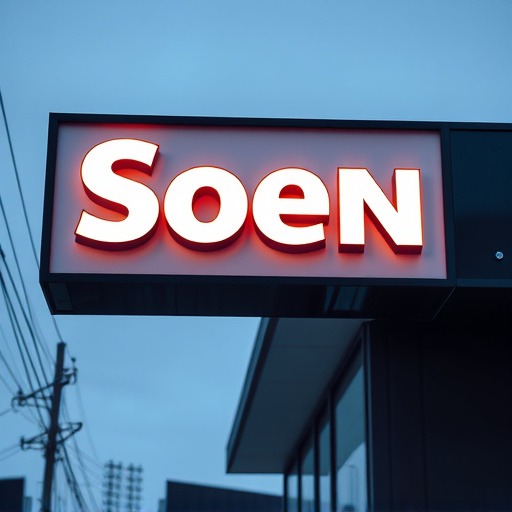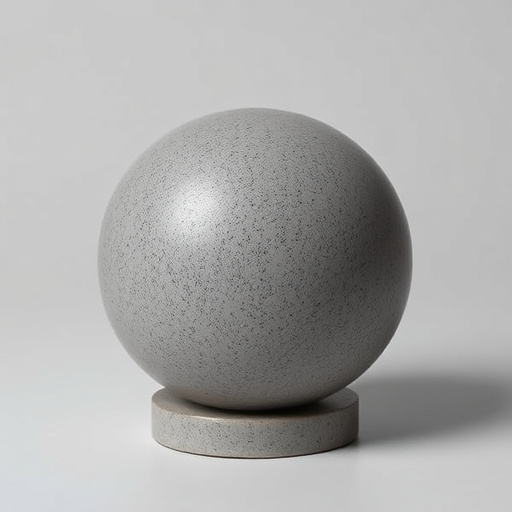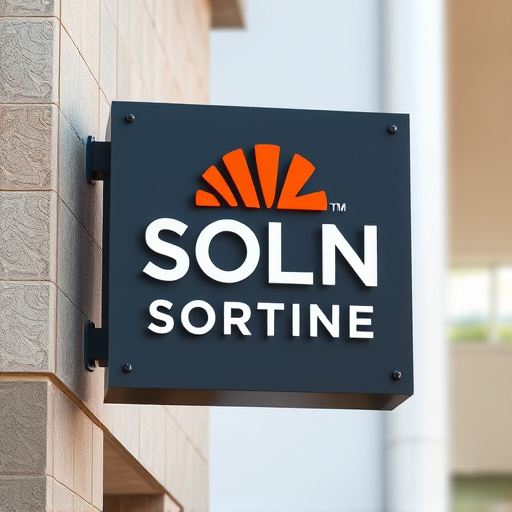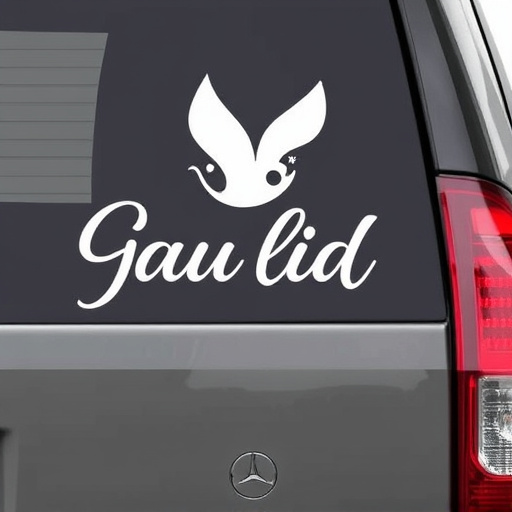Paint correction, a key aspect of automotive detailing, restores and protects vehicle paintwork by removing scratches and imperfections for a glossy finish. This meticulous process, requiring specialized tools, enhances aesthetics and safeguards against future damage. Skilled technicians follow steps like deep cleaning, decontamination, and applying protective films to achieve flawless results, preserving the car's beauty and value through proper execution.
Discover the art of automotive detailing with a focus on paint correction. This comprehensive guide unravels the intricacies of enhancing your vehicle’s exterior. Learn what paint correction entails, explore the step-by-step automotive detailing process, and unlock the benefits this treatment offers. From improving appearance to protection, we’ll highlight key advantages and guide you through common mistakes to avoid for optimal results.
What is Paint Correction?

Paint correction is a meticulous process within the realm of automotive detailing, focusing on restoring and enhancing the paintwork of a vehicle to its optimal condition. It involves the careful removal of minor imperfections, such as scratches, swirls, and orange peel textures, from the surface of the paint. By achieving a smooth and glossy finish, this technique not only improves the aesthetic appeal but also protects the vehicle’s exterior from further damage.
In the world of automotive detailing, understanding paint correction is key to achieving a flawless vehicle enhancement. This process goes beyond simple washing; it requires specialized tools and techniques to safely address defects without compromising the integrity of the paint. As a result, corrected cars often showcase vibrant colors, seamless finishes, and a level of brilliance that sets them apart, whether they’re adorned with standard vinyl wraps or custom vehicle wraps.
The Process of Automotive Detailing

Automotive detailing is an art that involves meticulously refining a vehicle’s exterior to achieve a showroom-like finish. It encompasses a series of processes designed to enhance the car’s aesthetics and protect its surface. The journey begins with a thorough wash, removing dirt and contaminants, followed by decontaminating the paintwork to address any bonded pollutants. This crucial step ensures that the subsequent treatments will be effective.
After preparation, professional detailing teams apply protective coatings, such as paint protection film (PPF), to safeguard the vehicle’s finish. PPF acts as a barrier against scratches and stains, providing long-lasting protection. A skilled technician might also employ advanced techniques like compound and polish to correct minor imperfections, revealing a smooth and glossy surface. The process culminates in a final inspection, guaranteeing a flawless result that not only elevates the car’s beauty but also prolongs its paint job’s integrity through professional PPf installation.
Benefits and Common Mistakes to Avoid

Understanding Paint Correction in Automotive Detailing: Benefits and Common Mistakes to Avoid
Paint correction is a crucial step in automotive detailing that offers numerous benefits, enhancing both the aesthetics and protection of your vehicle. When done correctly, it reveals the true depth and shine of the paintwork, making your car stand out in a sea of others. This process involves removing minor defects like swirls, scratches, and orange peels, resulting in a smooth, glossy finish that not only looks impressive but also protects the paint from future damage. By correcting the paint, you prepare the surface for application of protective coatings, such as ceramic window tinting or custom vehicle wraps, adding an extra layer of safeguard against environmental factors.
However, there are common mistakes to avoid during the paint correction process. One of the most frequent errors is over-polishing, which can lead to a harsh, marring effect if not done carefully. It’s important to use the right tools and products for your car’s specific needs, as using aggressive compounds on delicate paint can cause more harm than good. Skipping steps or not following the recommended procedure can result in an incomplete correction job or even damage to the clear coat. Remember that automotive detailing is a meticulous art; taking the time to understand the process and ensure each step is executed correctly will yield a superior finish, preserving your vehicle’s beauty and value over time.
Paint correction, a key aspect of automotive detailing, transforms vehicles into true works of art. By understanding the process, you can achieve a flawless finish that not only enhances aesthetics but also protects your vehicle’s paintwork. Mastering automotive detailing, including paint correction, is an investment that pays off in both visual appeal and long-term vehicle value.

